How to Fix Windows 10 Not Accepting Password
Some Windows 10 are reporting that they are unable to log into their Windows 10 computer after the initial log in screen is not accepting their password. The vast majority of users are saying that they are certain that the password their typing is 100% correct. Some users are reporting that they’re encountering this issue with only one Windows account, while others are saying that none of the Windows Account passwords are getting accepted.
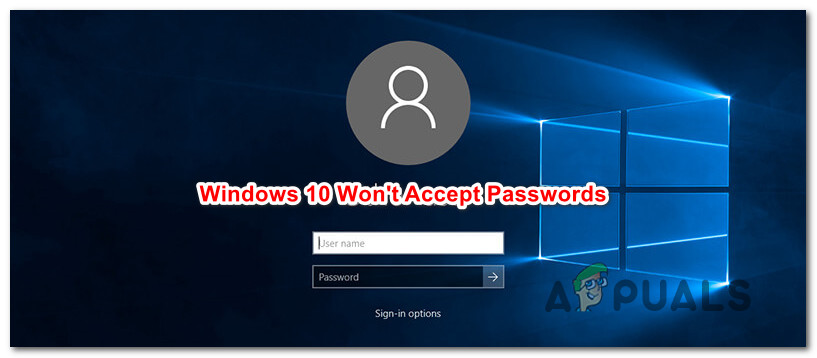
What is making Windows 10 to reject correct passwords?
We investigated this particular issue by analyzing various user reports along with the most popular repair strategies that affected users are deploying to fix this problem. Based on our investigations, there are several potential culprits that might be responsible for this issue:
- Faulty keyboard driver – In the majority of cases, this particular issue occurs whenever the user plugs in a new keyboard. What happens is, the current keyboard is actually still using the driver of the old one, which might make some keystrokes different. In this case, the issue can be resolved by using the provided virtual keyboard.
- User is typing the local password – On Windows 10, this particular issue can occur instances where WU (Windows Update) has just installed components which forces the global Microsoft account password over the local password. If this scenario is applicable, you can resolve the issue by using the Microsoft password instead of the local equivalent.
- The password is incorrect – In a lot of cases, the culprit ended up being an incorrect password. Since the Microsoft account password is not commonly used by some users, it might end up forgotten. In this case, you can resolve the issue by following the steps of recovering your Microsoft account password.
- Windows 10 glitch – There are certain scenarios where this problem is the result of a Windows 10 glitch that is still not patched properly. In this case, you should be able to resolve the issue by forcing your PC to restart in safe mode, type the password, and then boot normally again.
If you’re also encountering this issue and you’re looking for a fix that will allow you to resolve the problem, this article will provide you with several different troubleshooting steps. Down below, you’ll find a collection of potential fixes that other users in a similar situation have successfully used to fix the password issue on Windows 10.
Each method featured before is confirmed to work by at least one affected user. Since the potential fixes below are ordered based on efficiency and severity, we encourage you to follow them in the order that they are presented.
Method 1: Using the virtual keyboard
The number one cause of this particular issue is a faulty keyboard or a faulty keyboard driver. It’s commonly encountered in those instances where the user has just plugged in a new keyboard. What typically happens is, the new keyboard is still using the driver of the old one, which might end up making some keystrokes different.
This happens because Windows OS didn’t have the chance to install the driver required by the new keyboard – this happens after the initial log in screen. Fortunately, you can resolve the issue by using the virtual keyboard to bypass the initial login screen and allow your OS to install the required driver. Several users that have also encountered this issue have reported that the issue was resolved indefinitely after they managed to input the correct password by using the virtual keyboard.
Here’s a quick guide on how to do this:
- To use the virtual keyboard, simply click on the Ease of access icon located in the lower right corner of the initial login screen.
- Then, from the list of available options, click on the On-Screen Keyboard.
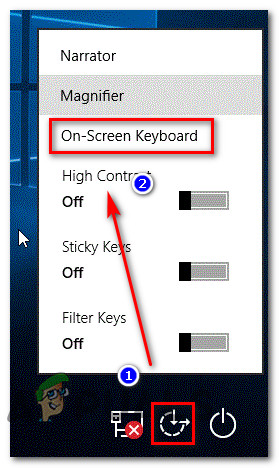
Accessing the on-screen keyboard - Use the virtual keyboard to input the password that was previously failing with the standard keyboard and try to login again.
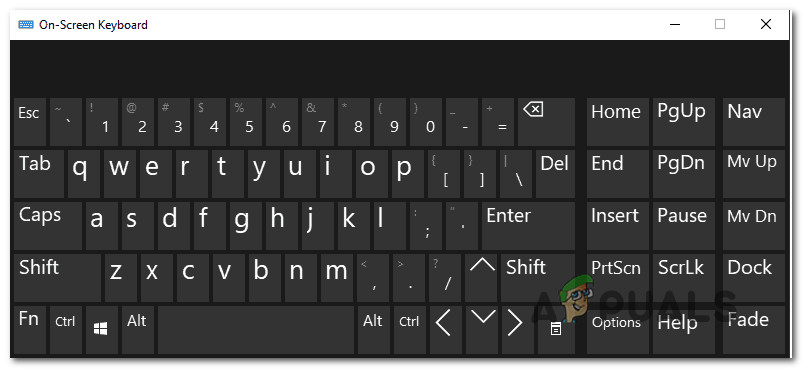
Using the on-screen keyboard
If the login procedure is still not successful and your password is not accepted, move down to the next method below.
Method 2: Using the Microsoft Live password
As some users have reported, you might be able to get around this issue by trying to login with your Microsoft Live password instead of the local password that you used beforehand. As it turns out, this can be the result of a silent Windows 10 update that forces the machine to enforce the generic Microsoft account password instead of the local password.
So if you’re encountering this issue with a Microsoft account and method one wasn’t applicable (or didn’t work), try typing the Microsoft password instead – it’s likely the same one that you use with Outlook, OneDrive, Skype and other services from the Microsoft Ecosystem.
If the Microsoft password is also not accepted, move down to the next method below.
Method 3: Recover your Microsoft account password
Some affected users have reported that they were able to resolve this particular issue by changing the Microsoft password using the recovery menu and using the new password to bypass the initial login screen. This is typically effective in situations where the user cannot remember the password for the Microsoft account.
Here’s a quick guide on recovering the Microsoft account password:
- Visit this page (here) and start by entering the required information about your Microsoft account (email, phone or Skype name) and click Next to advance to the next menu.
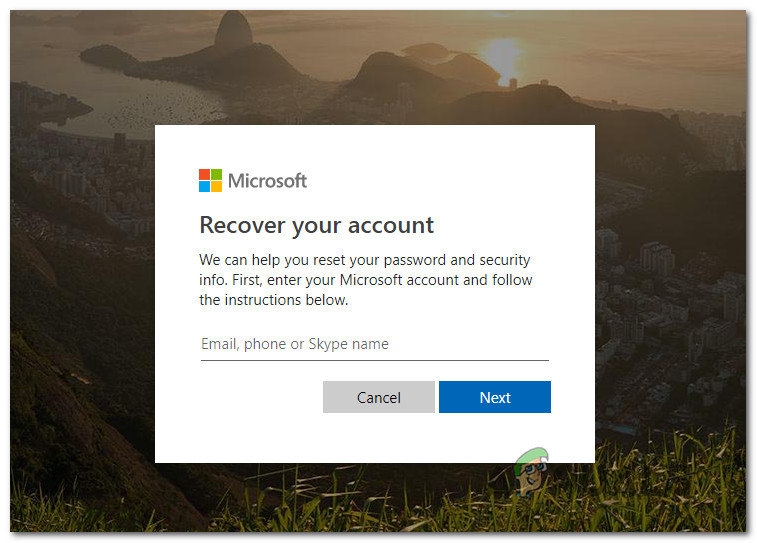
Recovering the Microsoft password - Confirm the email that you want to receive the password reset code on, then access your inbox, fetch your code and paste it back inside the Verify your identify window and click Next once again.
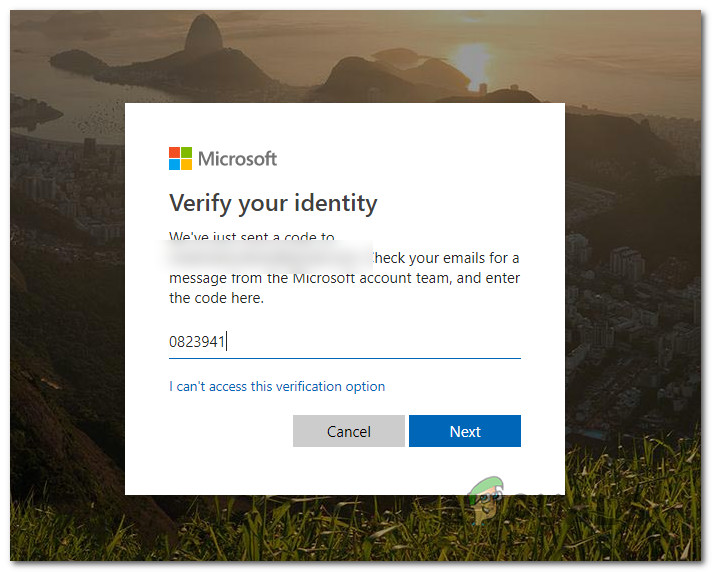
Verifying the identity - In the next screen, type your new password and then type it once again in the box below. Then, click Next to make the password change permanent.
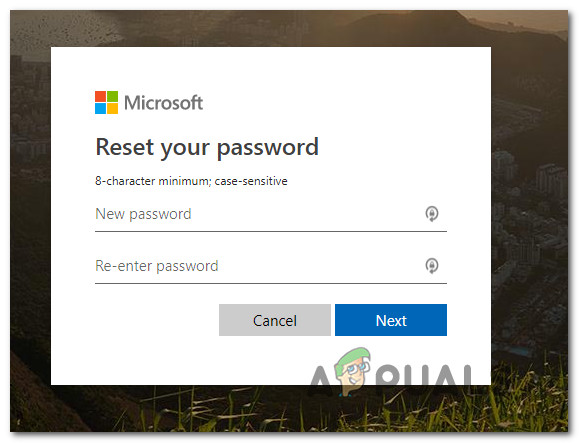
Changing the password of your Microsoft account - Return to the login screen and type the new Microsoft password that you just established for your Microsoft account.
If the same issue is still occurring, move down to the next method below.
Method 4: Restart the computer in Safe Mode
Several users that have also encountered this error have reported that the issue was resolved after they forced their computer to restart in safe mode with networking (Internet Access) and then restarted the machine back into normal mode. Affected users are speculating that this method is effective because by allowing the operating system to bypass the login screen, the keyboard driver gets installed so that the correct keystrokes are inputted.
Here’s a quick guide on restarting your computer in Safe Mode:
- Power on your computer so you get to the initial login screen. Once you get there, click on the power icon in the bottom-right corner.
- Once the context menu appears, press and hold the Shift key while clicking on Restart.

Forging the PC to restart in Safe Mode - At the next startup sequence, your computer will automatically restart inside the Troubleshoot menu. Once you get there, click on Troubleshoot.

Accessing the Troubleshoot menu - Once you get to the Advanced Options menu, click on Startup Settings.
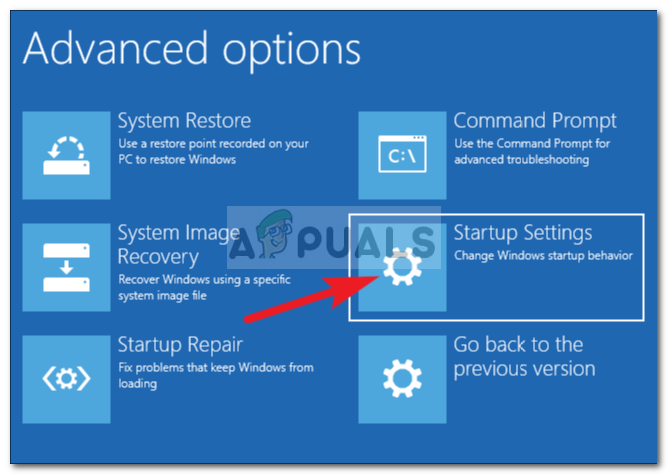
Click Startup Settings - From the next menu, simply click the Restart button. Your computer will then restart directly into the Startup Settings menu.
- Once you see the Startup Settings menu, press the F5 key to start your windows in Safe mode with Networking.

Starting your computer in Safe Mode with Networking - Once the startup sequence is complete, you should be prompted by a slightly different login screen. Entering the correct password here should allow you to bypass the login window.
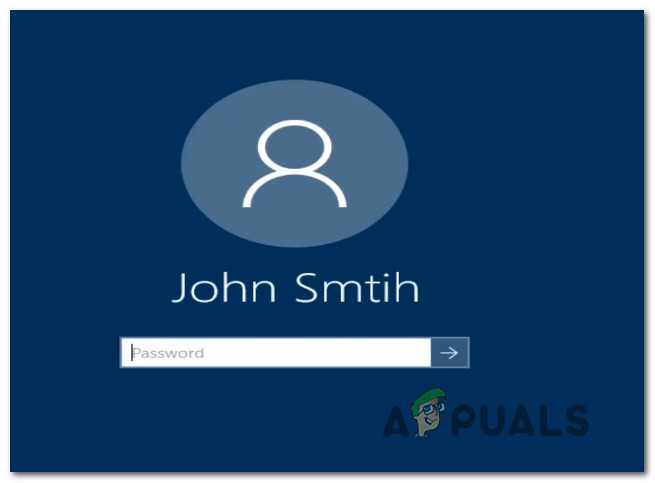
Entering the correct password at the Safe Mode login screen - Once the OS is fully loaded in safe mode, restart your computer once again normally. It will start right back into normal mode.
- See if you’re able to get past the login screen at the next system startup.




